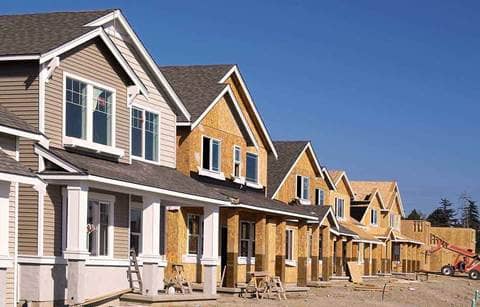In the northwestern Chicago suburbs is an active adult community with about 700 housing options devoted to 55+ residents. Called the Carillon at Cambridge Lakes, this community has a large club house, variety of activities and amenities, and a friendly culture that quickly draws new residents in with its welcoming atmosphere. The fun and lively social life has some residents jokingly referring to the Carillon as “college for seniors.”
Our team had the privilege of interviewing residents from this community, generally between 65 and 75 years old, to ask them the questions senior living providers are wondering about the active adult product and the younger seniors’ housing preferences*:
- What drew these residents to this active adult community?
- Why did they choose an active adult option over the alternatives, such as traditional senior living or a mixed generation neighborhood?
- How happy are they with an active adult lifestyle?
- When might they consider traditional senior living as a housing option?
Some of their answers were expected, while others may surprise you.
The “younger older adult” perspective on healthcare
We all hear it, but it’s no less true for repetition: Adults in their 60s and 70s are not thinking about senior living as an option for their housing needs. According to our participants, senior living is an option for their parents who are in their 80s and 90s, but not for them.
Our participants were all homeowners, not interested in a life plan community entrance fee model or in renting. As a whole, they don’t want to move unless health or the adverse weather of northern Illinois convinces them otherwise. However, they would consider home health services as they age in order to remain in their current homes for as long as possible. In general, they’re very aware that many healthcare and home care services can be brought to them, and many more will be as well as technology advances.
Construction style outweighs lifestyle
The industry considers the draw for active adult communities to be the lifestyle component, but our interviews show that construction was just as important of a factor in choosing to move in.
When asked why they chose their homes at the Carillon, the fact that the homes were newly constructed with open, ranch-style floor plans was the most cited reason given by participants. (Many felt that it was difficult to find ranch-style homes with a truly open floor plan on the market.)
The second most cited reason for choosing this active adult community was the amenities and activities. While not necessarily the deciding factor — many participants let us know that personal factors drove the sale — the active lifestyle was still mentioned as an important factor in choosing the Carillon specifically.
Residents reported in a survey that they had a variety of interests, but the most popular hobbies were active activities like exercise, gardening, walking or hiking, boating, and swimming. They felt the value of their community was in providing the amenities to support these activities, such as pools, club houses, walking paths, and fitness centers.

Family dynamics in the decision to move to 55+ housing
Studies show that adult children are involved in their parent’s moving decision nearly 73% of the time when considering traditional senior living. In our survey, we found that surprisingly few participants told us that they made the decision to move into Carillon with their children — most decided on their own to downsize or reinvest in a newer home. Our participants mentioned that their children were supportive of their decision to move because there are obvious health and well-being benefits of being in environments where older adults can live safely, feel motivated, and be socially active.
Most of our participants informed us that they moved to the Chicago area to be closer to family. About 75 percent of participants live within 20 miles of relatives, and 60 percent have lived in the area for less than 10 years.
Final thoughts on active adult resident interviews
Many of these adults had not considered active adult when they were first looking for a new home. Before they moved in, they didn’t know that the culture would be as open and friendly as it is or that the activities would appeal to them — they moved because Carillon’s housing choices fit their needs. They felt they got lucky with the rest when it fell into place. As one resident said, “We wouldn’t have believed the sales people even if they told us.” Now they highly value the community and being surrounded by people who are all in the same stage of their lives.
Active adult lifestyle products are a huge opportunity for senior living providers. If your senior living community is considering offering an active adult product, we recommend you engage your stakeholders in a planning process that takes a close look at the potential consumers in your market area, their motivations, and their needs in the form of focus groups, surveys, and interviews — much like our discussions with the residents of the Carillon. Having this information as part of your strategic planning process will help identify potential opportunities and set the foundation for determining a specific direction for the organization and its new product.
If you’d like to learn more about how to move upstream to attract the younger consumer with active adult lifestyle offerings, our recent white paper can help both nonprofit and for-profit senior living providers consider their options.



